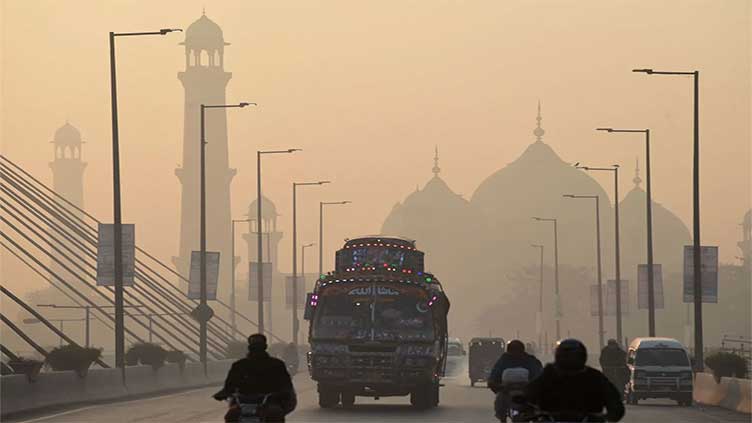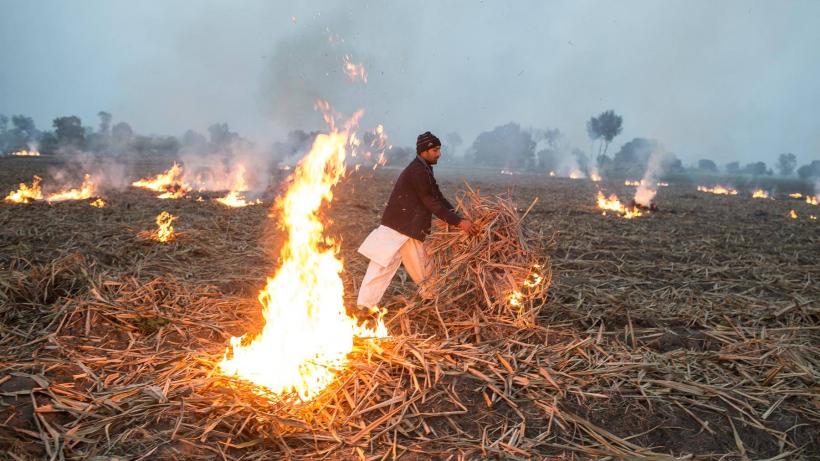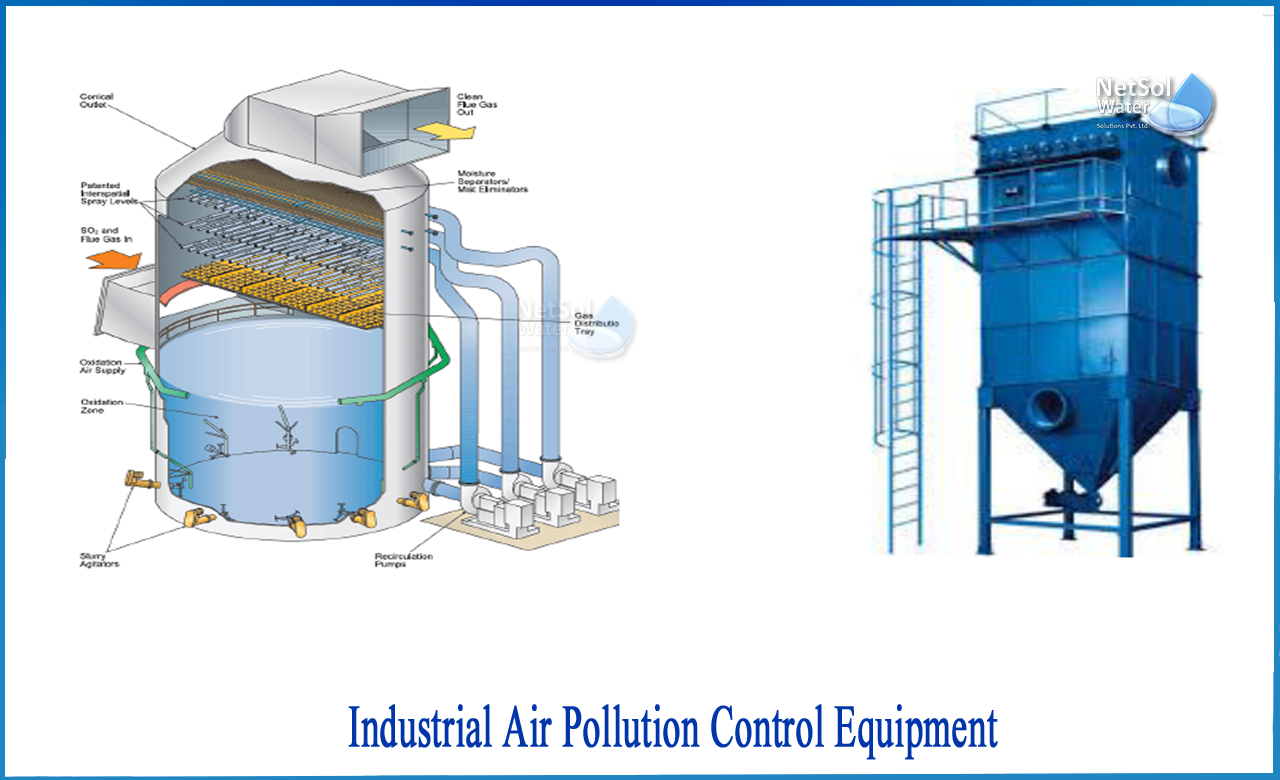Explainer: Air pollution taking a heavy toll on health

Explainer: Air pollution taking a heavy toll on health
By Ali Haider
We breathe 20,000 times in a day. The air we breathe should be clean and safe. But, are we breathing natural air?
What if we are inhaling not natural oxygen but a mixture of harmful pollutants that, in turn, lead to a variety of diseases?
This is the problem that still has not been paid the due attention despite deaths related to the bad air have touched millions.
Air pollution takes millions of lives every year. It is an invisible killer due to a relatively less awareness attached to the issue.
Why air pollution is an invisible killer?
Poor air has become a leading cause of death worldwide. Every year, it accounts for almost seven million preventable casualties, according to WHO. The deteriorating health conditions caused by ambient air pollution take a toll on the global economy, as the World Bank estimated the financial cost to be almost $8.1 trillion in 2022.
More importantly, already vulnerable groups are more exposed to the damaging effects of the toxic air. Such as people with pre-existing conditions or genetic predispositions to respiratory or cardiovascular issues, for instance, are likely to suffer more.
This is a global problem. All countries are affected, however, low and middle income nations are more susceptible than others.
Particularly, the South Asian region is at a risk due to the increasingly harmful contents in the air as the recent report by Chicago’s annual Air Quality Life Index points out. The study has labelled the region as the ‘global epicentre of pollution’ that poses a significant threat to the lives of almost 2 billion people.
Bangladesh, Nepal, India and Pakistan have been named as the top four polluted countries of the world.
Almost 128,000 people lose their lives annually in Pakistan due to the toxic air as highlighted by the Fair-Finance Asia Pakistan.
Lahore has earned the inauspicious title of the most polluted cities in the world as the latest ranking of IQAir – a Swiss institution monitoring air quality – has shown. The city’s air index rating fluctuated between 166 and 279 which is well below the WHO’s guideline of keeping the index under 50.

Apart from Lahore, Karachi, Faisalabad and Peshawar have also been included in the unenvied list of worst polluted cities.
Here comes the question: Why many of the country’s cities are being named among the worst air pollution centres?
The answer is complicated and covers a variety of aspects.
At first, vehicular emission is a major source of the air pollution. Low-quality fuel which is high in sulphur content releases harmful pollutants in the air. To make matters worse, the public transport system is almost unavailable.
Major urban centres such as Lahore and Karachi do not have a properly maintained transport system. In Pakistan’s largest city, one can easily observe rickety buses that are diesel-run and below the standard. For context, the sulphur content in diesel is 1 pc which should be less than 0.01 pc as per international standards.
In Lahore, almost 6 million foul-air-emitting vehicles are responsible for 80 percent of the air pollution as the study of ‘Urban Unit’ points out.
Secondly, Smoke-spewing factories add to the air pollution. Air emissions control devices are not installed in big industries, let alone small ones.
Due to less monitoring and the cost associated with quality fuel, small production units do not use any standardised fuel and burn waste materials.
What is more distressing is the industries working in the residential areas. They are not merely creating health hazards but also taking lives. Consider the recent news of the death of 18 people, mostly children, in Karachi’s Keamari area in January of this year.
A medical board was constituted to ascertain the reason behind the tragedy and in April 2023, the experts blamed the toxic and poisonous emissions – that caused respiratory distress and ultimately failure – from the industrial area for the untimely deaths.
Thirdly, the burning of agricultural residue contributes to the worsening air quality. For instance, rice stubble is burnt in the open air after the harvesting of the crop. As a reaction, it exacerbates the air quality by releasing extremely toxic pollutants such as CO which have debilitating effects on health.

Also, setting ablaze the remainder of crops plays a role in the formation of smog in the winter season. For instance, the ‘Food and Agricultural Organization’ published a comprehensive report in which it was highlighted that agriculture waste’s burning contributes to smog by almost 20 pc.
Moreover, thick black smoke from brick kilns not only pollutes the environment but also makes lives miserable. Problems multiply when they are built in residential areas.
Brick kilns use coal as fuel but, worryingly, in many cases, cheaper materials such as plastic waste are also used. In turn, they emit pollutants such as CO, SO2 and NO into the air causing a variety of health-related issues.
Poor air has become a death-dealing global issue. It is responsible for 7 million premature deaths, as pointed out by WHO. Low and middle-income nations are more susceptible as they account for 90 pc of these untimely fatalities.
It reduces lifespans. As the recent AQLI report shows the polluted air in Pakistan “could lead to a potential reduction of up to four years in life expectancy”.
So what measures are required to mitigate the effects attached to the issue?
Solutions stem from the sources of pollution mentioned above. First and foremost, an informed policy on the transport sector is imperative. Following a successful model should include replacing diesel-run shaky buses with bio-CNG as it causes much less pollution than petrol and diesel.
Moreover, shifting to electric vehicles should be the ultimate goal. EV policy of Pakistan targets only 30% of on-road vehicles. This would also be encouraging and environment friendly if becomes a reality.
Meanwhile, CDA Islamabad has taken a bold and progressive step of introducing 30 EV buses. Lahore can also follow by shifting BRT buses to EVs. For buses, the conversion cost is less. For instance, diesel buses can be converted at one-third of the cost of a new EV.
Secondly, monitoring the industrial sites must be included in the government’s efforts to curtail air pollution. Stringent penalties must be imposed on factories so they must install air emissions control devices.
Also, the administration must not allow industries to be built in the residential areas as it will drastically put lives at risk.
Most importantly, the government must keep a keen eye on farmers involved in burning the crops’ residue and they must not be allowed.
In this regard, awareness can also serve. As setting ablaze the crop would lead to the loss of essential nutrients from the field.
This, as a result, does not help against soil erosion. Hence, agriculturists should be made aware that by burning the crop, they are not only causing air pollution but also creating problems for themselves.




